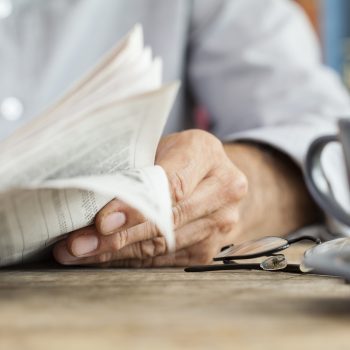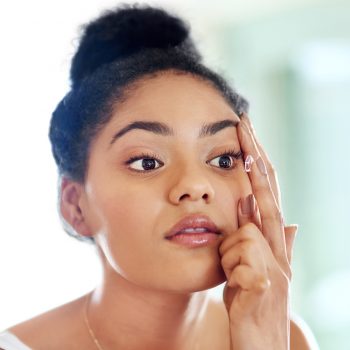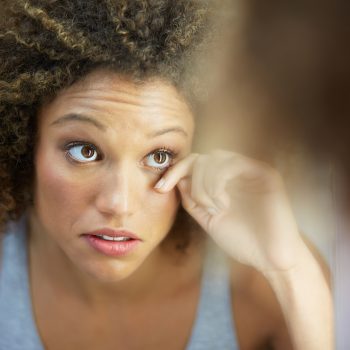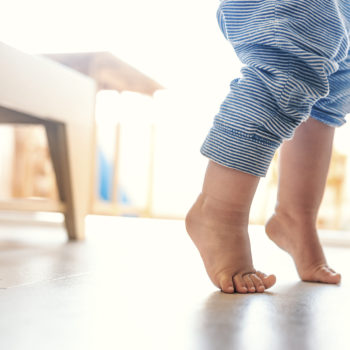It is often the fault of too many hours spent indoors and in front of the screen of the mobile phone or the monitor of the PC. Myopia, a vision disorder that makes it difficult to focus from afar, is on the rise especially among young people: more than two out of 10 boys, already at 15 years old, are affected. By 2020, 2.5 billion people will be affected. Recurring headaches, a tendency to squint and discomfort in the face of light sources are among the symptoms. When sight is a precious asset to be preserved, all the more so for those who are young, we talked about this issue with Professor Paolo Vinciguerra, ophthalmologist at Humanitas.
The importance of prevention
In many cases, the onset of myopia could be prevented or delayed by some means. According to the World Health Organization (WHO), there are 253 million visually impaired people in the world, of whom 217 million are visually impaired and 36 million are blind. Moreover, by 2050, half of the world’s population could be affected by myopia, as an Australian study, published in the journal Ophthalmology, states. Experts are particularly worried about children, who are facing an increasing use of technological devices and video games. Among the youngest, epidemiological studies on the European population “show that the prevalence of myopia at the age of 9 years is already 12%. It increases to about 18% at age 15 and reaches 24% in adulthood.
Spending at least one hour a day in the open air forces the eye to use focus from a distance and also the peripheral field of vision, which is very important, considering that they spend 6-8 hours indoors on school desks. The protracted, prevailing of the nearsightedness encourages adaptation of the myopic patient that sees better in these circumstances. In Africa, where the prevalence of the use of near vision is residual, the prevalence of myopia is very low. Another prevention tool is to reduce the time spent using mobile phones, PCs and tablets, as well as books, at a distance greater than 30 cm from the eyes.
Glasses and contact lenses: the rules of the right correction
“In the presence of myopia the correction of the disorder must be complete – said Professor Vinciguerra. The undercorrection instead favors the progression of myopia. This applies to both spectacle wearers and contact lenses, the fit of which must be monitored by the doctor with topography, tomography and endothelial examination to prevent damage,” As for the intervention to correct the problem, the expert said he was in favor: “If you are suitable you get excellent results,” he concluded.










